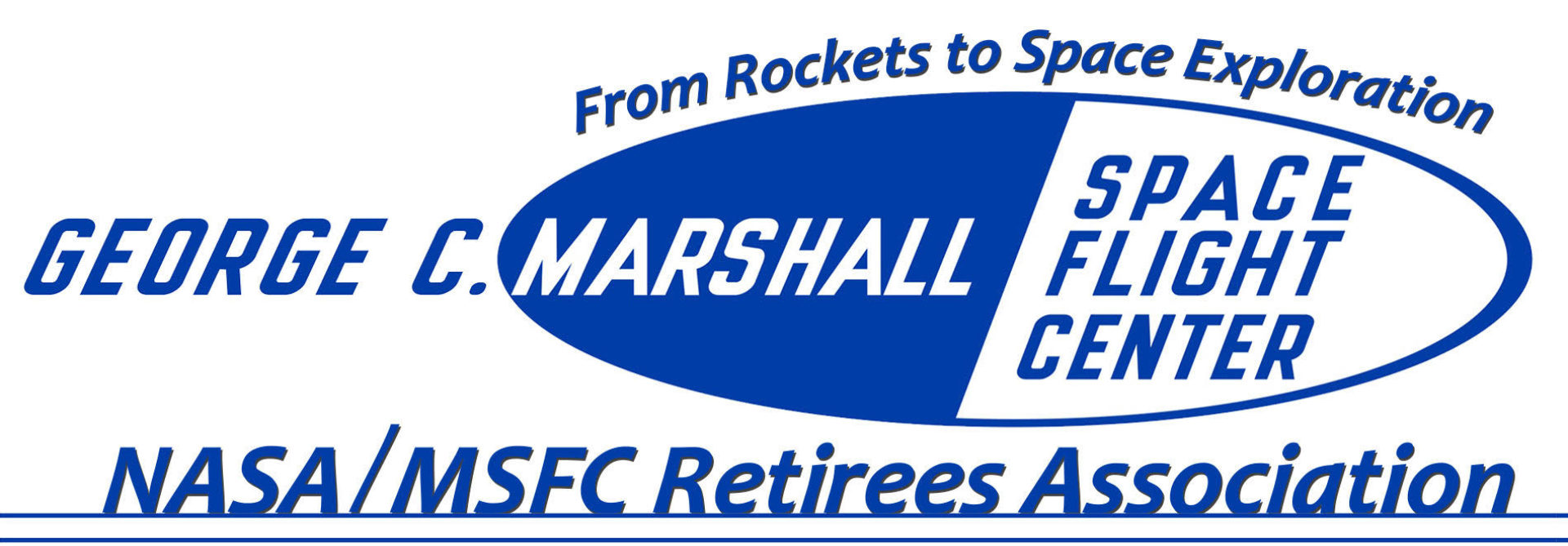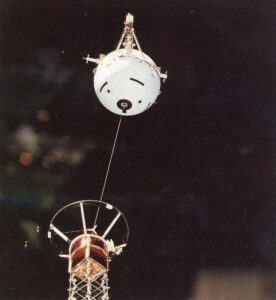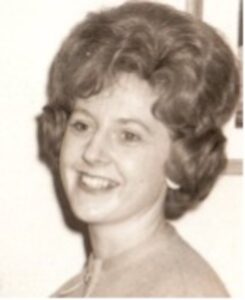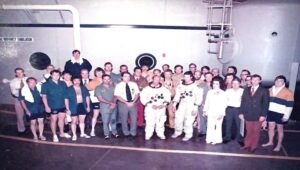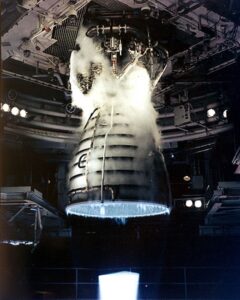by Gary Wicks
In my junior year of High School, 1955, I informed my Mother I was going to the University of Tennessee and study Music. She Said “No! You are not!” I argued with her “Oh, Yes I am!” She repeated “Oh, no you are not!”
Not surprising, growing up 40 miles south of Nashville where the family console radio was always tuned to radio station WSM, Nashville TN, that country music was all I was familiar with. And, in mid 1950s, Elvis released That’s Alright Mama, Hound Dog, Blue Suede Shoes, and Heartbreak Hotel; it was clear to me music was where I wanted to be. But, upon graduating from Central High School, Columbia, Tennessee in May of 1956, in July 1956, I was in Atlanta, Georgia, on campus of Georgia Tech, taking my entrance examinations and aptitude tests for entrance into the summer quarter starting in July 1956. I had a room on campus in Glenn Dorm, and my parents had returned to Columbia, Tenn. So, the message was, GT is where you are going to college, and you are going to be an engineer!
Since I didn’t do so well on the mathematics part of the GT entrance examinations, I was required to repeat Algebra at Tech my first quarter, although I had just recently taken this course in high school. I really loved to draw and had talent in envisioning 3-D models. Further, since I did well in trigonometry and solid geometry in high school, I thought I might be interested and do well in Architectural Engineering. But I could see that the lights were always on all the time, and especially all night at the GT Architectural Engineering department. And the hall talk was that’s about all they did in that school – stay up late at night drawing.
Next in consideration was Electrical and Mechanical engineering. I figured I could envision anything mechanical and understand it, but I couldn’t say the same about electrical. You can’t see electrons, so how could I envision them and understand them? So, I chose Mechanical when required to declare a major.
I applied for the Co-op program at GT, and requested Redstone Arsenal in Alabama. Since the GT co-op program manager had no idea of my skills and capabilities because of my late enrollment for GT summer quarter, he had to await my grade postings by my professors of my first quarter classes, until he could consent to my going on to Redstone Arsenal. The last grade to come in was my chemistry class grade. I was sweating this one because it was not my strongest suit, neither at Tech nor in my several classes of chemistry in high school. It was simply all Greek to me. I made a C (passing grade) and got to go to Redstone Arsenal
Upon arrival at Redstone Arsenal, Alabama and checking in with the co-op program coordinator there, I found I was among several other college kids from schools all over the south, just like me, checking in. The coordinator was assigning us to various organizations across Redstone Arsenal, seemingly on the fly, as he got to each of us. He said,“one more” and looked at me, and said, either he could assign me to the US Army missiles side of the Arsenal or to a new group there working on something new: a ballistic missile. I said what is a ballistic missile? To my surprise he couldn’t explain it either, after making some hand gestures about gravity pulling on a missile launch trajectory. So, I couldn’t give him an immediate answer with all the unknown, and he said let’s flip a coin. So, he did and it came up ballistic missiles. Unbeknownst to me, I had joined the Von Braun team on the flip of the coin—blind luck—and off I went to HQ Bldg. 4488, to check into a Weights and Measures group managed by Roland Griner, in Walter Jacoby’s Layout and Assembly division, of the Army Ballistics Missile Agency (ABMA). Roland was a GT graduate, so that most likely had something to do with my assignment to his group.
Mostly design engineers, in a “bull pen” of mechanical drawing machines, these layout and assembly designers were stacked one after the other in this huge room, with each one laboring over their drawing machines and tables making detailed parts and assembly drawings for every piece and part of a Redstone missile, from which Manufacturing Division judiciously built up and assembled each Redstone by these drawing and by these drawings only. If there’s no drawing on it, it didn’t get done. If it got done, it was done per an approved drawing from this Layout and Assembly Group, with appropriate approval signatures by the designer, materials, weights and measures, and the drawing checker that approved the drawing for manufacturing lab use, accompanied by a parts list of all parts called out on the drawing, and each part with measured or calculated weight. This was the regimented discipline used for control of the design, and manufacturing baseline.
Since I had taken one engineering drawing course during my first quarter at GT, it was perhaps appropriate that I be assigned to a drawing group. Later, after a few quarters of alternating work and school, I was given the assignment to produce a drawing of the payload installation on Redstone missile # CC-41. Payload, back then, besides a bomb, meant a ballast of lead discs to place the center of gravity of the flight configuration to a point, as defined by the trajectory department, that the engine thrust vector could control the vehicle during flight. So, with the first calculation to determine the number of lead circular/thick discs for center of gravity placement, the drawing was to define for manufacturing how to install these discs in the payload bay, including installation hardware and bracketry, which I did prepare and was used by manufacturing to install “the payload”
Attached to the Layout and Assembly division, our Weights and Measures group was responsible for defining the mass properties of the missile during flight time, which was then used by the trajectory department, and guidance and control, to analyze and define the flight trajectory, and by Structures Department for loads and stresses calculations. The mass properties included the total missile weight, its center of gravity and its moments of inertia for all three missile reference axes versus flight time, as all these change during flight, with usage of propellants from the tanks.
I suppose my aforementioned experience with the drawing task was my first introduction to the word “payload” which was somewhat fundamental and simplistic in this case, particularly in contrast to my later considerable NASA project office experience with Skylab, Spacelab and International Space Station scientific payloads integration.
So, I came to be at NASA MSFC when, upon the formation of George C. Marshall Space Flight Center (MSFC), the Army Ordnance Missile Command (AOMC) and its ABMA transferred its space related missions along with about 4,000 civilian employees at Redstone Arsenal and Cape Canaveral to NASA’s MSFC. I was among this group of transferees, becoming a NASA Charter Member, July 1, 1960. I retired from NASA in 1997, with 37 years of service to NASA. Adding my Army Ordnance and my NASA consultant contractor service, my combined government service spanned 54 years.
So, as far as how I got a job at NASA: My mama made me do it, luck was involved, educational preparation was paramount, timing was essential, and I had a few good qualities– i.e., not adverse to hard work. Admittedly I never wanted to be an engineer. All I ever wanted to be was the leader of a rock band!! Mama knows best!
